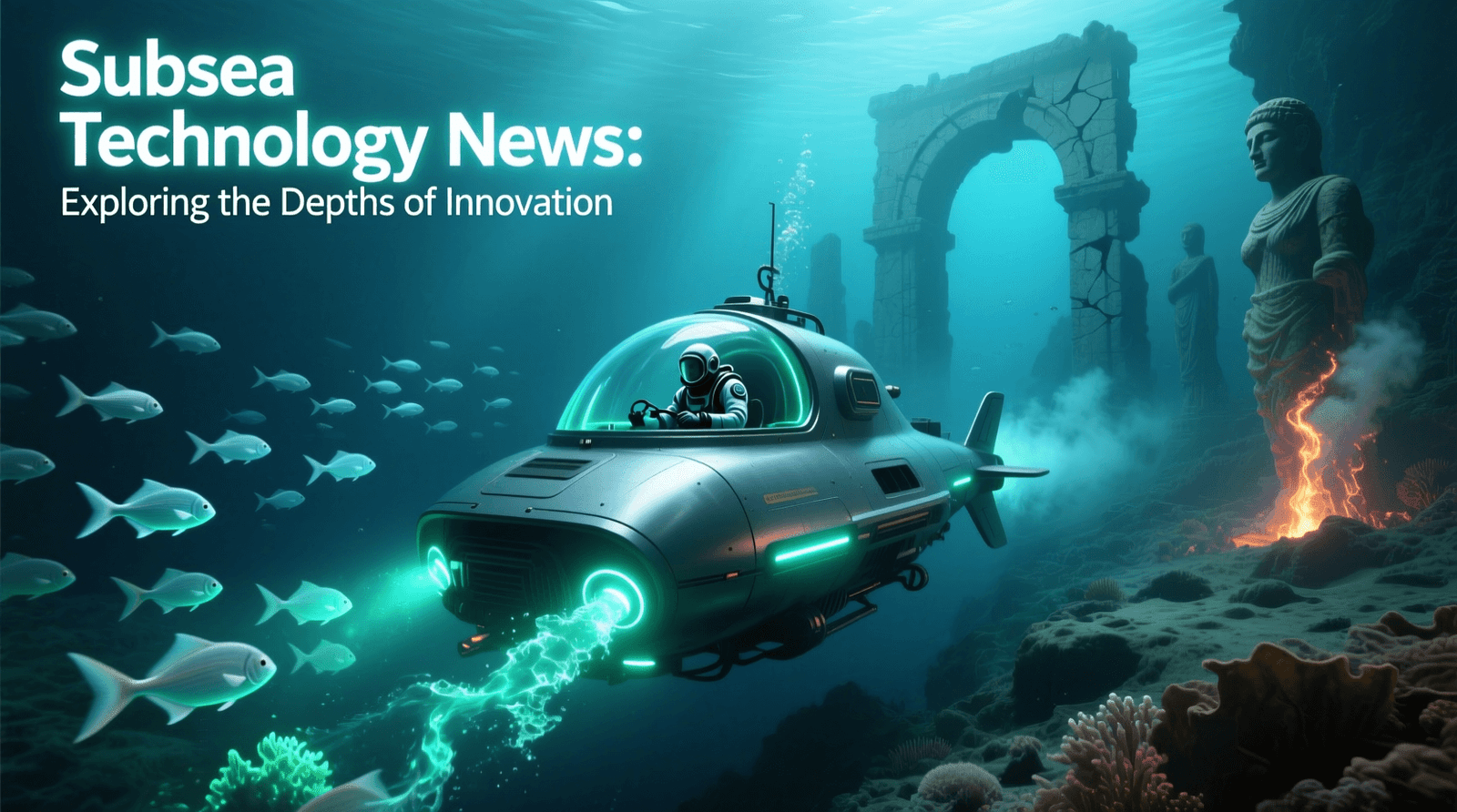China has become a global leader in technology, with new innovations changing many industries. One of the latest projects making waves worldwide is China’s solar airplane. This project is led by the China Aerospace Science and Technology Corporation (CASTC).
It has captured attention for its potential to transform both aviation and renewable energy.
CASTC is well-known for its leadership in space and aviation advancements. In this article, we’ll take a closer look at the revolutionary aspects of this solar airplane.
What is the role of China Aerospace Science and Technology Corporation?
CASTC is a large Chinese company that focuses on space exploration, aerospace technology, and research. It designs and builds rockets, satellites, and other space-related technologies.
This company plays a key role in China’s space program and is known for making major advancements in space science and technology.
Innovation of this company
The jaw-dropping innovation of China Aerospace Science and Technology Corporation is solar airplanes. These are planes that run on energy from the sun. They have solar panels that capture sunlight and turn it into electricity, which powers the aircraft’s engines.
Unlike regular planes that use jet fuel, solar planes rely on renewable energy. This makes them better for the environment. The work of CASTC is paving the way for a future where solar planes could be a regular part of air travel. Sounds amazing?
What are the revolutionary aspects of CASTC’s Solar Airplane?
The solar airplane is a major breakthrough in aviation. It has amazing features, such as:
It has long-endurance flight capabilities
The plane has the ability to fly for long periods without needing traditional fuel. This makes it perfect for longer trips and helps make air travel more sustainable.
Zero-carbon emissions
Another revolutionary aspect is that this plane produces zero carbon emissions. This means it doesn’t harm the environment like regular airplanes. With its long flight time and eco-friendly design, this plane is a big step toward cleaner and more efficient air travel.
CASTC’s Solar Airplane helps in environmental monitoring
Also, solar aviation of China Aerospace Science and Technology Corporation can help with environmental monitoring by giving real-time information on pollution, climate change, and natural resources.
It plays a role in disaster relief and surveillance systems
These planes can play a key role in disaster relief and search-and-rescue missions. For example, they can reach places quickly where other methods might not be able to go.
On top of that, its communication and surveillance systems can improve security and help coordinate important operations, like monitoring large events or providing communication in remote areas.
It impacts on aerospace and renewable energy industries
Because the airplane shows that it’s possible to fly without harmful emissions, which helps fight against climate change. This gesture makes it a game-changer for both the aerospace and renewable energy industries.
So, its success could inspire other companies in aviation to look into renewable energy options. This leads to more innovation and growth in both industries.
Comparison of CASTC’s solar airplane with Global Competitors
This innovation in aviation faces tough competition from projects like Solar Impulse and NASA’s Pathfinder.
Solar Impulse made headlines by flying around the world using only solar power, proving solar flight is possible for long trips. Solar airplanefrom China Aerospace Science and Technology Corporation, on the other hand, however, aims to improve efficiency and focus on making solar flight more practical for everyday use.
Similarly, NASA’s Pathfinder focused on using solar power for high-altitude research. CASTC’s design seems to be aiming for a more practical and reliable solar-powered aircraft.
While each project has its own goals, China’s approach shows great promise and could push the limits of what we’ve seen so far.
China Aerospace Science and Technology Corporation’s Challenges in Solar Aviation
No doubt this solar aviation of China’s company offers a lot of benefits, but there are some potential challenges in this innovation, too, such as:
Technical and Operational Hurdles
One of the main challenges is dealing with technical and operational issues. A big problem is how to store solar energy effectively, as the aircraft needs enough power to fly. But storing enough energy for long flights is still difficult. Makes sense!
Plus, solar energy depends on sunlight, so what if the weather is cloudy or stormy? The plane may not get enough power, which raises safety concerns.
This shows that to make solar aviation reliable and safe, its important to improve technology.
Economic Viability
Another downside is making it economically viable compared to traditional and hybrid technologies. For example, solar planes from China Aerospace Science and Technology Corporation tend to be more expensive upfront. Why? Because they require special materials and technology to collect and store solar energy.
Moreover, building the necessary infrastructure and producing solar planes on a larger scale requires a lot of funding.
So, unlike regular airplanes, which can be produced in large quantities using well-established technology, solar aviation needs a lot of investment to become affordable and widely available.
That means, without enough financial support and progress in technology, it will be hard for solar aviation to compete with cheaper alternatives.
Final Thoughts
In conclusion, the China Aerospace Science and Technology Corporation (CASTC) is a global leader in aerospace innovation. Its major breakthrough is a solar airplane. This aircraft can fly for long periods without fuel, produces no carbon emissions, and is designed for tasks like environmental monitoring, disaster relief, and surveillance. It’s a big step forward for both aviation and renewable energy. While CASTC’s solar airplane outshines many global competitors, solar-powered aviation still faces various challenges. The major ones are technical issues, operational difficulties, and high costs. Even with these hurdles, CASTC’s work shows the huge potential for cleaner and more sustainable aerospace technology in the future.




